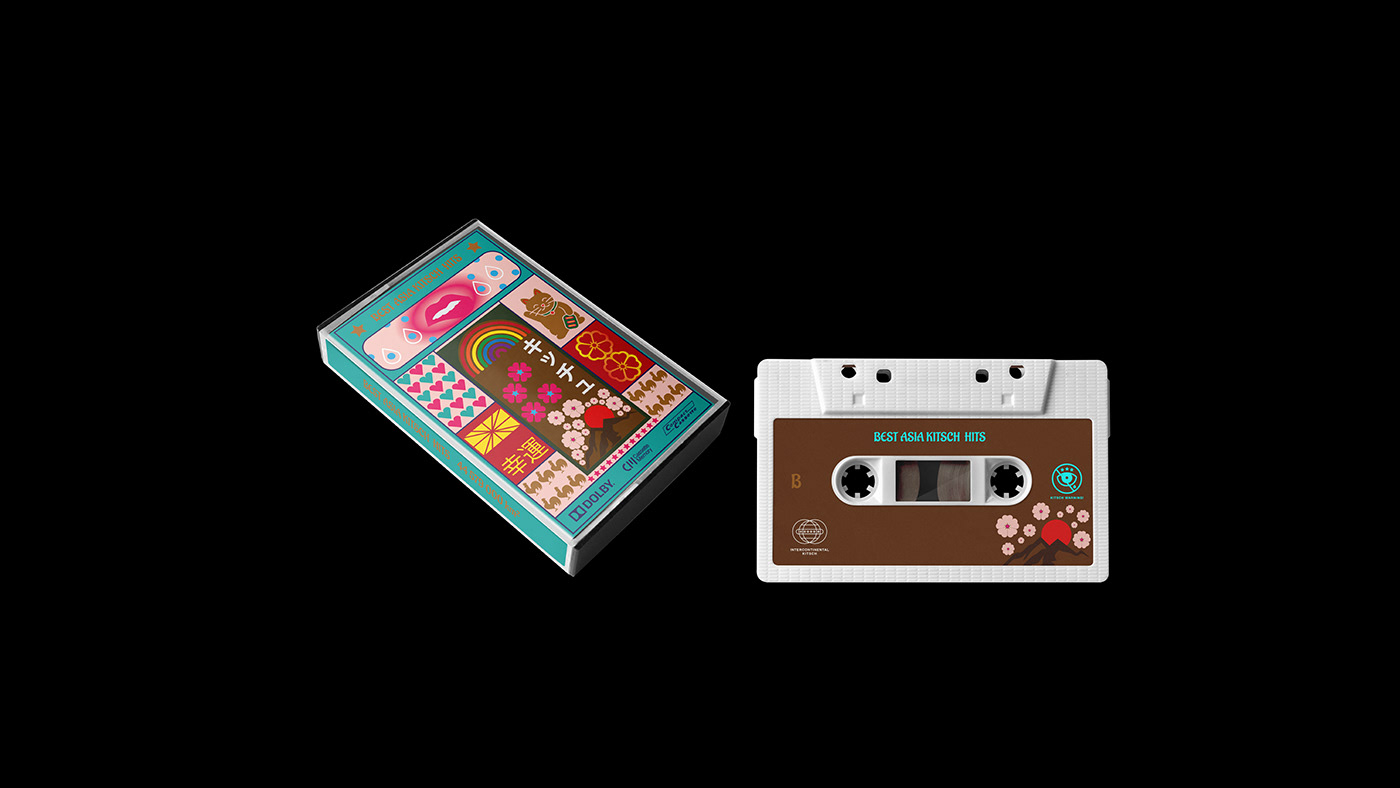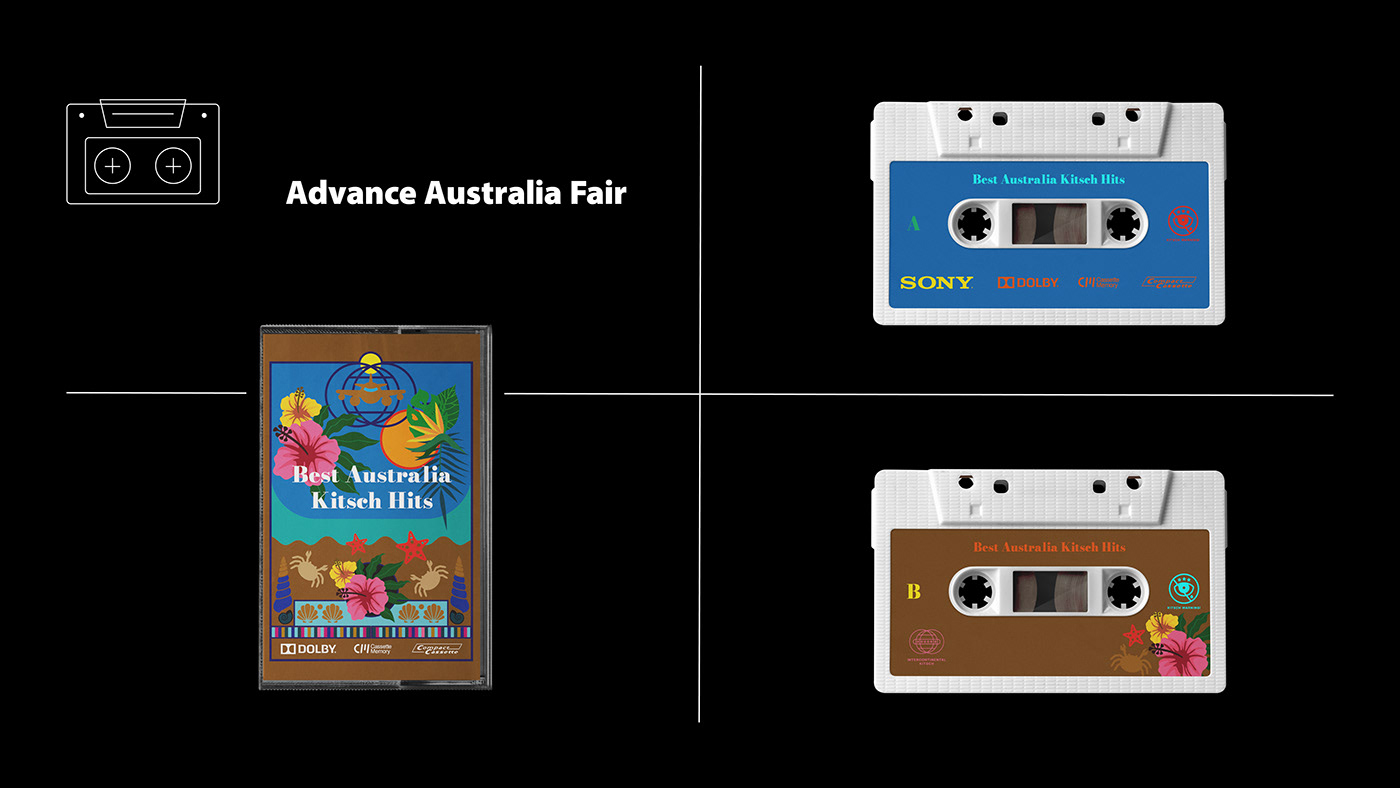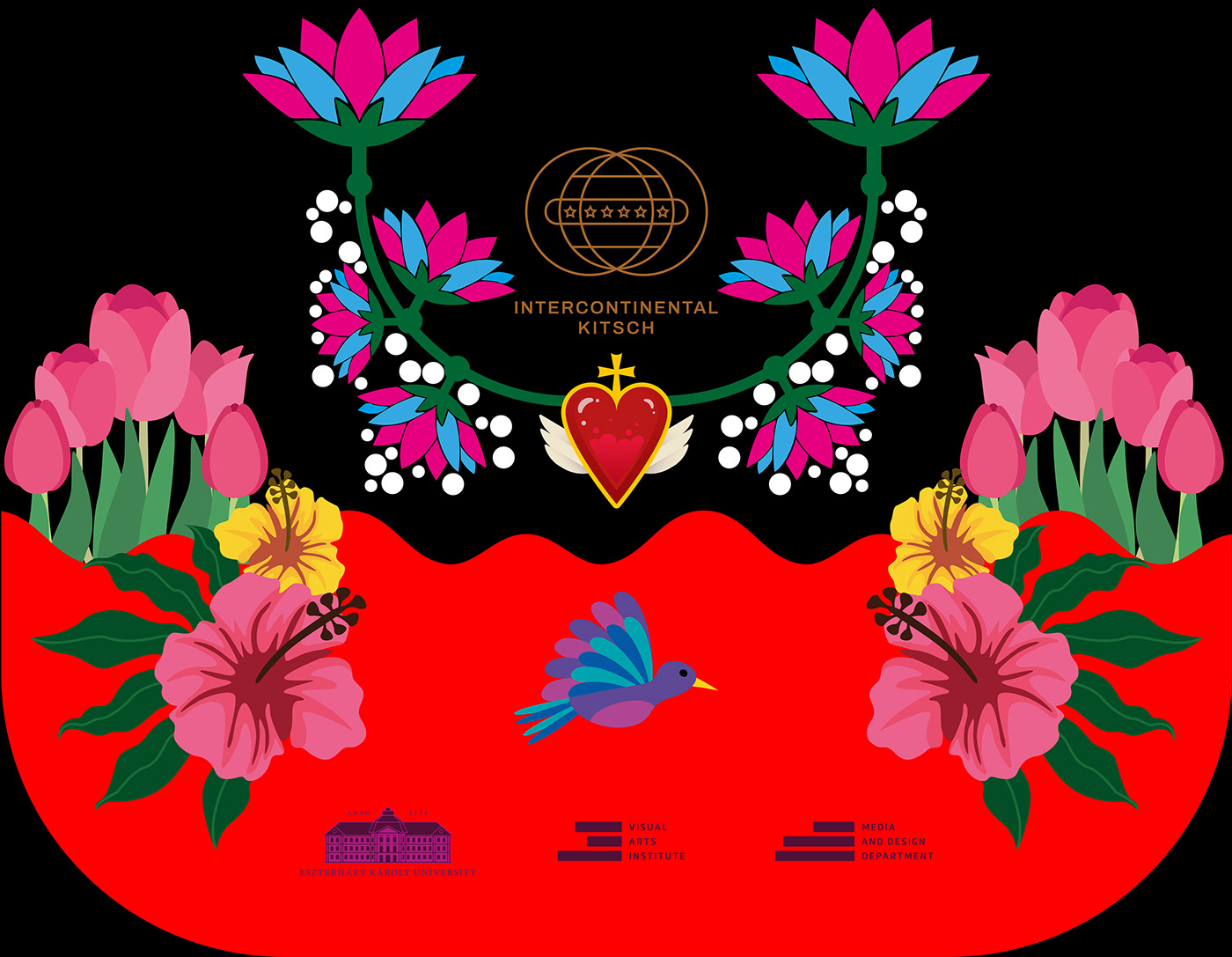
What is kitsch?
With the development of the consumer society, the demand for the availability of works of art has increased, which has been created by industry. Kitsch has gained ground all over the world. There are different varieties for each continent. In addition to folk art, the crowd adds motifs and individual feelings of religious representations to the articles, creating something new.

CONCEPT
Traveling the world, one can discover many cultures. We can find very different artistic solutions from continent to continent and it can be even more diverse within continents. We embrace the experience we see through our main senses. Added to the experience created by visual experiences and sound effects is the experience of tangible experience, which is then stored in our memory. He will call you later if you meet him again and recognize him.
In researching kitsch, I found that it has two main components: the projection of the imprint of the already existing visual experience and the experience and reception of the visual experience seen in the present moment. When creating, these two add up, which can result in a high work of art and kitsch. This is determined by the creator’s relationship to public taste and artistic proficiency. Since kitsch is made up of existing elements most of the time, I wanted to make this tangible. In the course of my research, I came across a number of folk motifs and religious symbols from which kitsch is fondly drawn.
The aim of my project is to create kitsch using elements made in mass production. I examined a number of visual patterns for each continent, and then I extracted and determined the most characteristic elements of the continent, from which kitsch could be built and serve as a basis for its creation. Cassettes replace continents that carry the visual form language already established by graphics, creating kitsch.

The history of kitsch
Kitsch can be created in three ways: through the mode of expression, the emotions it contains, or the unacceptable cheapness of the worldview it contains. Kitsch is an aesthetic concept that uses the tools of the arts to create the appearance of art. Kitsch is like being labeled as non-artistic art, unchallenging, thoughtless, though often able to evoke emotion.
The word „kitsch” originated in the 19th century to criticize art that was considered bad-tasting, or that hopelessly copied „high art” but remained mediocre. With the rise of industrial manufacturing in the 20th century, the term can be more associated with mass goods and cheap entertainment. Since the 1950s, the need for an attentive society for available fine art has taken on a larger form, which was then eventually fulfilled by pop art.
Today, the idea that something can be „so bad that good” is so prevalent that the term “kitsch” no longer preserves the former negative associations, and artistic today often forms works that include bad taste, and question the division of high and low art in art. Importantly, while kitsch is usually associated with European or American culture, it has parallels around the world. In Japanese culture, for example, the concept of kawaii - or sweetness - is a quality that runs counter to the aesthetic ideal of refinement and plays a prominent role in folk culture and entertainment.










Printed at : Digital Press / Budapest / HU
Created by Gál Emma
Consultant: Szigeti G Csongor
Made at Media and Design Department, Visual Arts Institute, Eger, Hungary
//
Készítette: Gál Emma
Konzulens: Szigeti G Csongor
Készült: Média és Design Tanszék, Vizuális Művészeti Intézet, Eger








